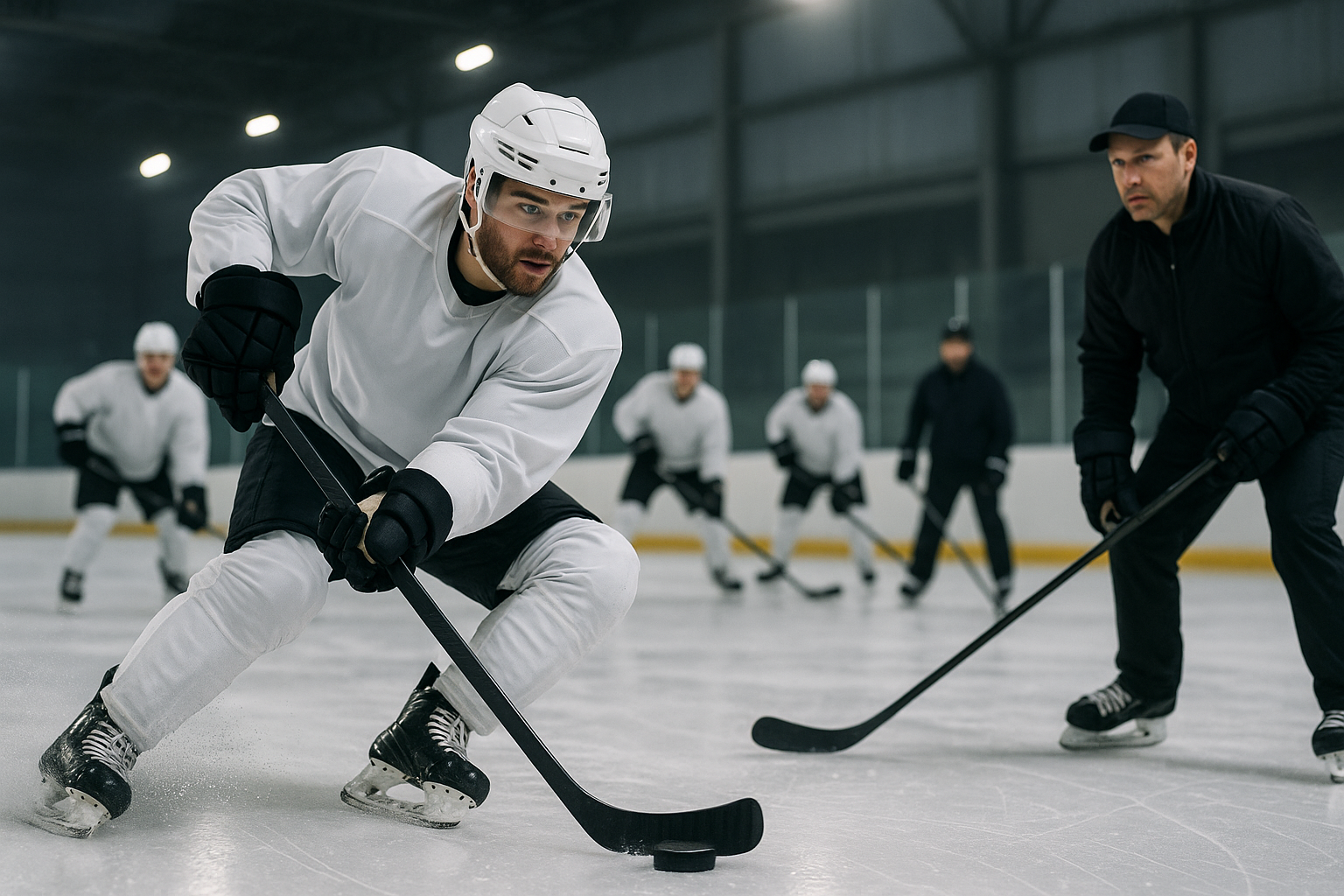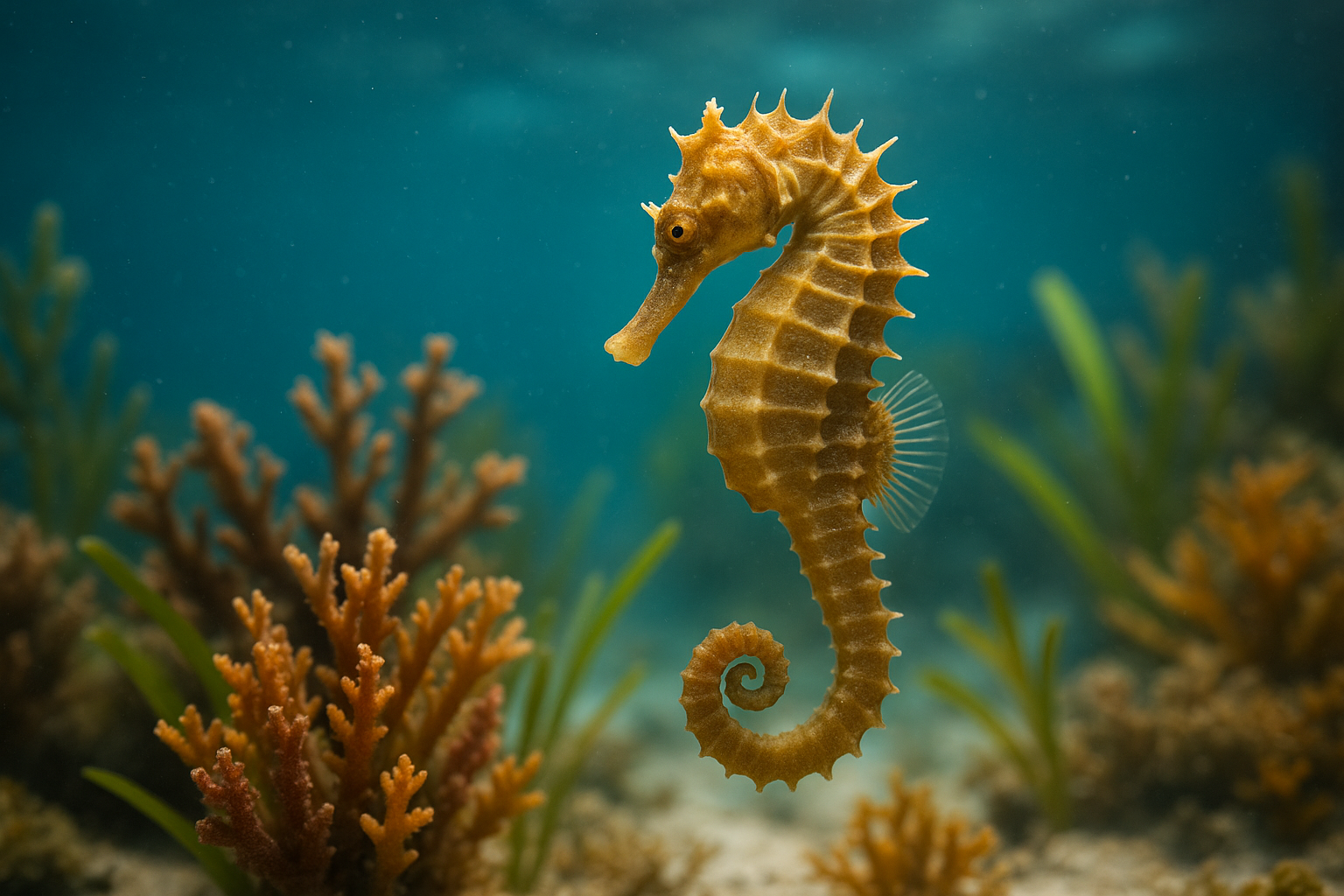The Intricate Dance of Ice Hockey: A Deeper Look
From the frosty ponds of Canada to the professional arenas of the National Hockey League, ice hockey has captivated fans and athletes with its unique blend of skill, strategy, and physicality. This article delves into the deeper layers of the sport, shedding light on its rich history, present trends, and the fascinating science behind its training and performance methods.

The Genesis of the Game
Ice hockey’s origins are often traced back to the indigenous people of North America, specifically the Mi’kmaq tribe, who played a game called “oochamkunutk”. Adopting and adapting this native pastime, British soldiers stationed in Nova Scotia, Canada, introduced the sport we now know as ice hockey in the late 1800s. It was a simplistic version, played with a wooden puck and sticks, on a frozen pond. The first organized indoor game took place in Montreal in 1875, marking a pivotal moment in the sport’s evolution.
Modernizing the Classic: Current Trends in Ice Hockey
Today, ice hockey is a high-octane sport, a far cry from its humble beginnings. Teams of six players glide, pivot, and sprint across the ice at breakneck speeds, displaying an awe-inspiring blend of agility, endurance, and raw power. The game has evolved over the years with changes in equipment, rules, and playing styles. The current trend leans towards speed and skill, with less emphasis on physical contact. Coaches and athletes are increasingly focusing on skill development, analytics, and sports science to gain a competitive edge.
The Science of Skating: Training and Performance in Ice Hockey
Ice hockey is a complex sport that demands a specific set of physical and mental attributes. Players need explosive strength for quick sprints and powerful shots, fine motor skills for puck control, and exceptional endurance to maintain high-intensity performance throughout the game. Training methods often involve a mix of on-ice drills, strength and conditioning, and cognitive exercises to develop these abilities. However, this intense training regimen poses challenges including injury risk and physical burnout, which coaches and athletes must carefully manage.
The Facts Behind the Face-off: Research Insights
Research plays a key role in informing training methods and performance strategies in ice hockey. Studies have shown the effectiveness of high-intensity interval training in improving players’ aerobic and anaerobic capacity. Moreover, research has highlighted the importance of recovery and sleep in enhancing performance and reducing injury risk. These insights have led to more informed and effective training programs, contributing to the sport’s ongoing evolution.
Beyond the Rink: Real-world Applications
Ice hockey offers valuable lessons that extend beyond the rink. It teaches the importance of teamwork, resilience, and strategic thinking—skills that are useful in many aspects of life. Moreover, the sport’s emphasis on physical fitness and mental toughness can inspire individuals to lead healthier, more active lifestyles.
Ice hockey is more than just a sport—it’s a testament to human ability, a showcase of physical prowess and strategic acumen, and a celebration of teamwork and perseverance. As the game continues to evolve, it remains a captivating spectacle that enthralls fans and athletes alike.




